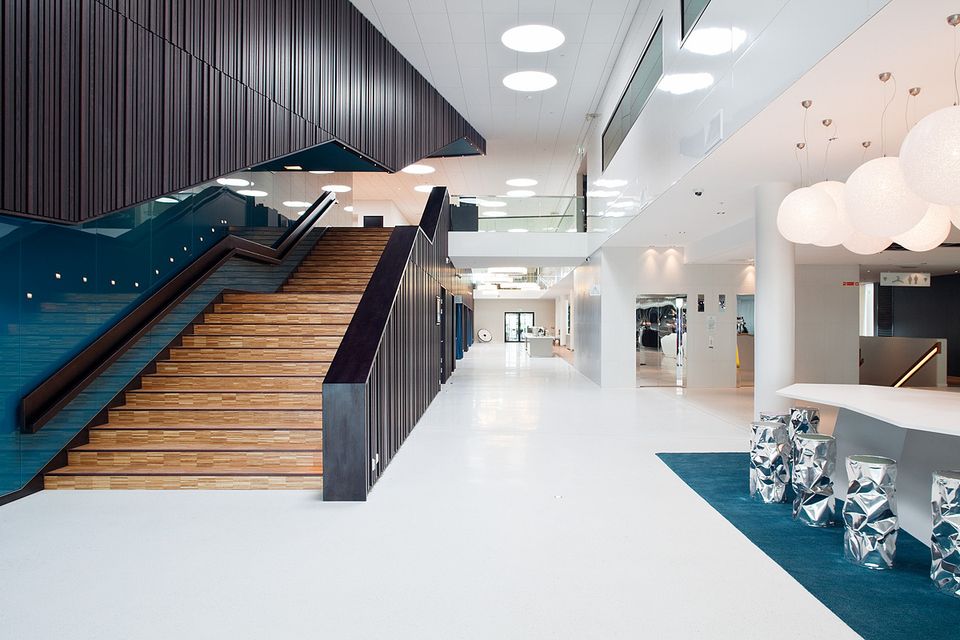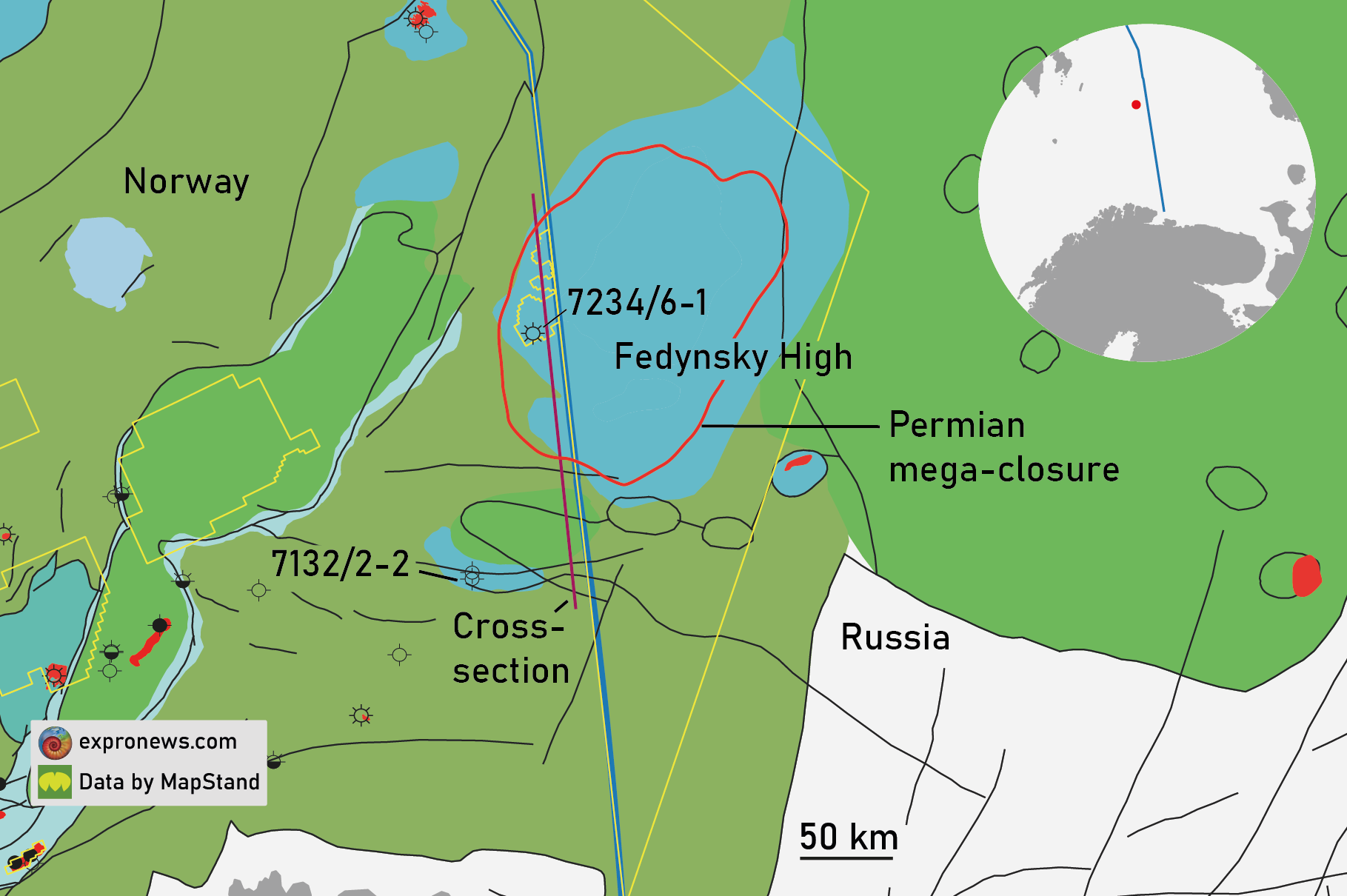“The P-Cable 3D system is an excellent starting point for achieving one-meter-scale resolution,” Nina Levedeva-Ivanova in VBPR writes in Leading Edge, November 2018.
The P-Cable 3D system has now been selected as one of nine candidates for the Exploration Innovation Prize that will be awarded at this year’s NCS Exploration conference: Recent Advances in Exploration Technology.
High-resolution 3D (HR3D) seismic data are important for hydrocarbon exploration of shallow reservoirs, site characterization, and geohazard assessments.

This is the reasoning for the nomination:
With short offsets, dense streamer spacing in combination with a high-frequency seismic source, P-Cable 3D Seismic AS has been able to acquire dense CMP coverage with bin sizes as low as 3 m. This is a significantly better resolution than broadband-processed conventional 3D marine seismic. The P-Cable system can be used for both high-resolution 3D acquisition, as elegantly demonstrated in Jurassic fault block prospects in the Barents Sea resulting in data with extreme resolution, and 2D regional surveys where wide-azimuth illumination and high-fold lead to crisp, detailed high-resolution 2D marine seismic profiles. The unique cross-cable design also enables quick deployment of the complete spread of eighteen streamers. P-Cable 3D data was acquired over the Wisting oil field, Barents Sea. The astonishing high-quality high-resolution data is said to have contributed to a 26% increase in Wisting reserves. The P-cable technology was developed in Norway, and in 2008 P-Cable 3D Seismic AS established as an independent seismic R&D company to commercialize the P-Cable system. IN 2016 the company was purchased by Houston-based NCS Subsea Inc.
Register for the conference
The P-Cable technology is one direction in HR3D seismic acquisition design based on short streamers that was developed by Sverre Planke and Christian Berndt.
From Leading Edge, 2018:
High-resolution 3D (HR3D) seismic data are important for hydrocarbon exploration of shallow reservoirs, site characterization, and geohazard assessments. The goal of this contribution is to identify and quantify the parameters to increase the resolution of HR3D seismic data to meter scale. The main acquisition parameters controlling the resolution of the collected data are the spectrum of the seismic source, source-receiver offset range, and trace density. An evolution to one-meter-scale resolution of 3D seismic will rely on combining a reproducible seismic source with high frequencies up to at least 600 Hz, a high uniform trace density of more than 4 million traces per square kilometre, and an offset range shorter than approximately 200 m. The resulting 3D seismic data volume will reach meter-scale resolution for water and target depths of less than 600 m. The proposed HR3D system will be suitable for 3D and 4D characterization of seabed properties and shallow stratigraphy, the identification of geohazards and hydrocarbon leakage, and monitoring the environmental impact of offshore activities. The P-Cable 3D system is an excellent starting point for achieving one-meter-scale resolution due to its flexible and tight meter-scale shot and receiver spacing. (Toward one-meter resolution in 3D seismic)




